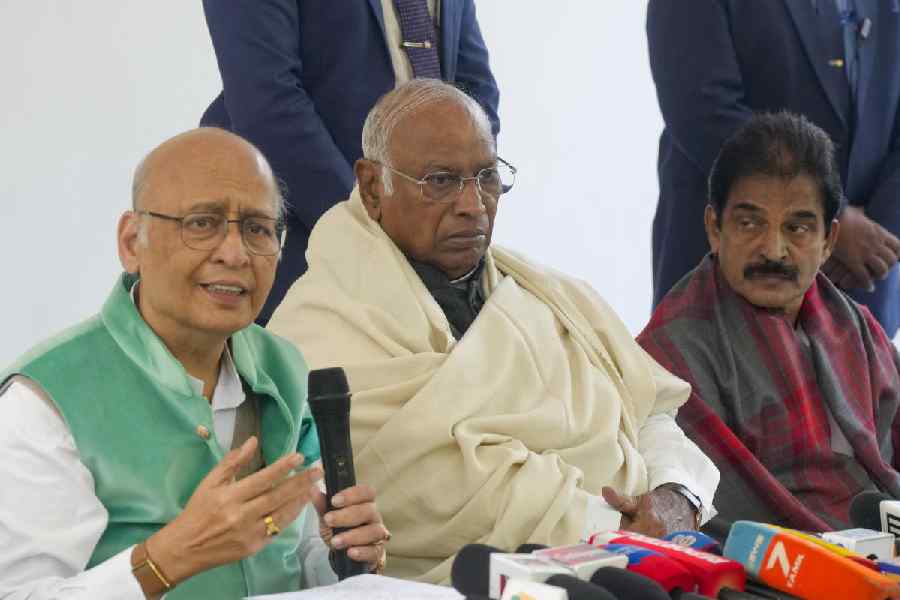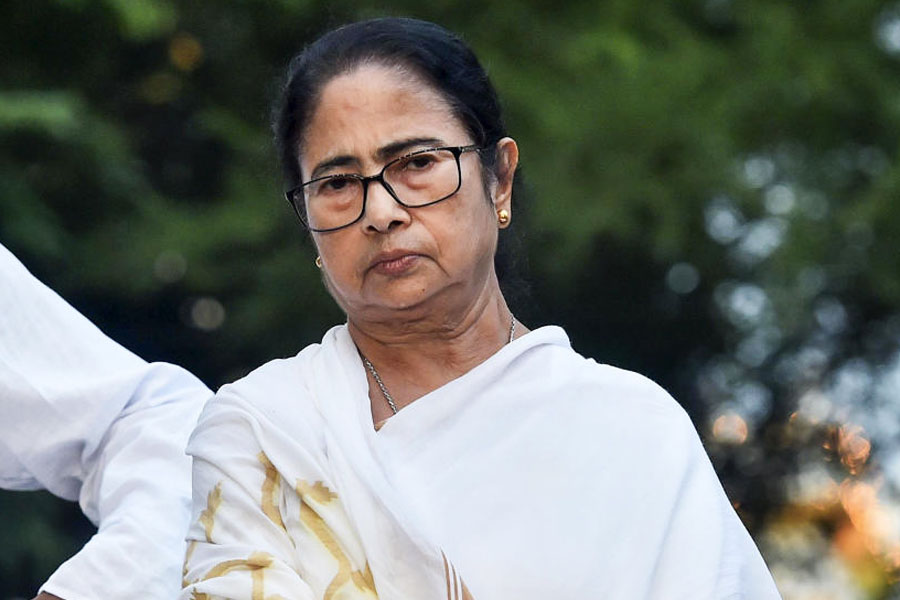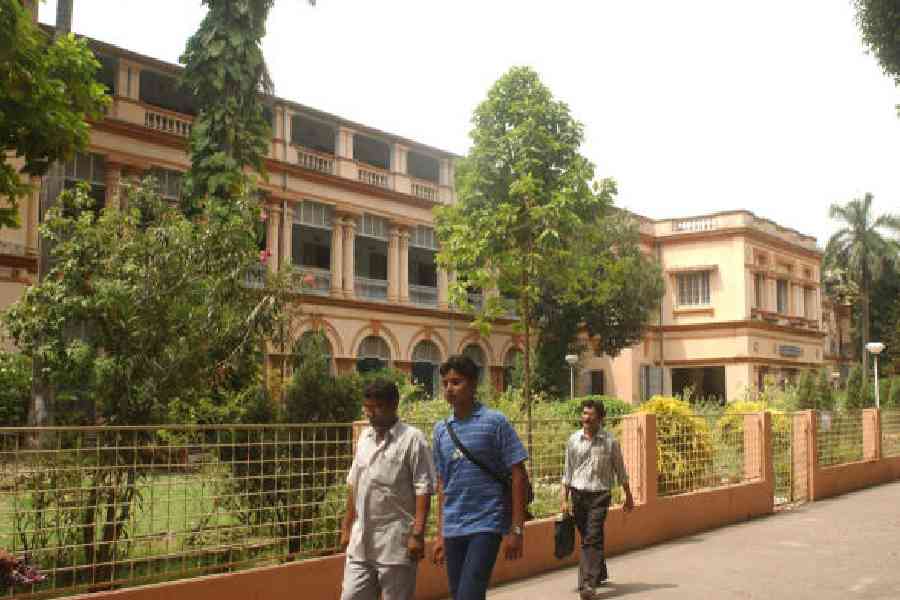 |  |
 | |
| Reality bites: (From top left clockwise) Pooja Gor on the sets of Lakhon Mein Ek; Anoop Soni, the anchor of Crime Patrol; and a scene from Fear Files | |
Her landlord asked her to leave. Her neighbours looked askance at her. But that didn’t stop Ranchi’s Akhtari Bai, a widow who eked out a living by making paper envelopes, from adopting abandoned children and giving them shelter at her home.
Akhtari Bai’s story may never have been told had it not been for Star Plus’s television series Lakhon Mein Ek (LME), which features the exploits of real life heroes who have made a difference to society.
Indeed, television in India is suddenly displaying a new trend. Real life stories — of heroism, horror or crime — are the flavour of the season and most television channels are adding doses of that to their programme bouquets. So if Star Plus has LME, Zee TV has Fear Files — a show that dramatises “true” stories of people who have experienced paranormal activities. To give it greater verisimilitude, Fear Files also features the actual people who went through these supernatural experiences.
Sony Entertainment Television too has its popular action thriller series Crime Patrol, the first of the real life incident based television series in India. Even Channel V and Life OK have jumped on the “true story” bandwagon with their own reality-based crime shows, Gumrah and Savdhaan India, respectively.
So what has prompted Indian television’s new love affair with true stories? It’s a simple matter of economics, say industry insiders. “Our show Fear Files has got a tremendous response from the audience. The television rating points keeps oscillating between 3 and 5, which is quite good for a weekend show,” reveals Sukesh Motwani, fiction programming head at Zee TV.
Others claim to have a loftier purpose for doing these shows. Says Nachiket Pantavaidya, general manager, Star Plus, “LME is part of Star TV’s efforts to use television’s reach and power to shape society’s outlook and mindset by making examples out of individuals who influence change.”
However, Motwani feels true stories are simply a genre that’s currently in vogue. “Every two years television content undergoes some form of transformation. At the moment the change is in the form of giving a slice of reality to the audience. In fact, it’s not just these shows, every channel is trying to ensure that even daily soaps have a realistic feel to them.”
He seems to have a point. Recently, Saath Nibhana Saathiya, a show on Star Plus, had a special episode which dwelt on the issue of illegal bore wells. Sony’s Parvarish too had a few episodes where the recent power grid failure took centre stage.
Experts believe that viewers have developed a penchant for reality bites because they find these stories easy to identify with. Explains Subramanian S. Iyer, creator, writer and director of Sony’s Crime Patrol, “People tend to identify with an incident that has taken place in real life. So such shows have huge mass appeal.”
Explaining the trend, Sabina Kidwai, an expert on Indian television, and associate professor at AJK Mass Communication Research Centre, says, “There’s a sense of voyeurism associated with crime-based docu-dramas. Most of the episodes are based on stories with elements like rape, murder, illicit affairs and so on.” And the same goes for tales of the supernatural and stories of exceptional people, she adds. “It’s human nature to be fascinated by horrific and heroic images,” she says. “That’s why people are always keen to know more about riots, murders or heroic deeds. It’s normal human psychology.”
Docu-dramas or reality-based tele-series may be an emerging trend in India. But the West has a long-established tradition of television programmes based on real life stories. For instance, the American series Unsolved Mysteries is quite similar to Zee TV’s Fear Files. This hit series, which ran for 14 seasons since it began in 1987, uses actors to dramatise the story but also has interviews with the real life protagonists and their families, police and other relevant persons.
Star Plus’s Lakhon Mein Ek too seems to have been inspired by ABC’s Australian Story, which is a biographical documentary series depicting the stories of ordinary Australians who have done something extraordinary.
Indian television channels too are leaving no stone unturned to make these shows look as “real” and authentic as possible. Producers and writers say that considerable effort goes into making them. Most need extensive research, fact checking and so on. “We have a research team that looks for and collects real life incidents. These are then reconstructed to make them more compelling and interesting,” says Abhimanyu Singh, producer of Fear Files. “Visual effects and technology have made the reconstruction easier,” he adds.
Some channels are making an effort to get the audience more directly involved with these shows. For instance, Star Plus has invited viewers to send in entries for LME. “Lakhon Mein Ek draws inspiration from real-life heroes. For the first time real stories of viewers, sent in by them, will be made into series episodes,” says Pantavaidya.
Clearly, when it comes to television, truth seems to have a greater kick than fiction.










